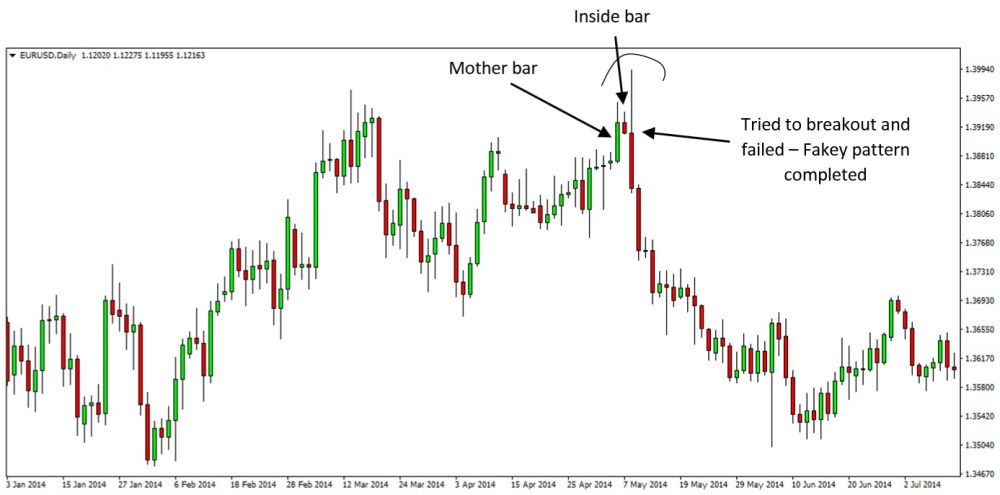Chapter 12: Forex Strategies
Like in any business, to succeed in Forex trading you need to implement successful strategies. Many Forex strategies exist today, some of them are bad, some are mediocre and a lot of them are good. The key is finding strategies that are in line with your own goals and personality and therefore because it will suit your trading style, you will take the maximum advantage out of them.
Now, let’s look at three Forex trading strategies that have historically proven to be successful.
Range Trading
Range trading is a strategy which traders use to exploit the periods in the market when price oscillates between two points, where the lower one is known as support and the upper point is called resistance. Most often, range trading refers to a horizontal box range. However, this doesn’t necessarily have to be the case. Range trading strategies can be used in any shape that is clearly enclosed by a support and by a resistance line.
It’s a fact that the Forex market spends 70% to 80% of the time trading in ranges. Hence, the large number of opportunities to profit from such trading strategies.
The basic logic behind most of the range trading strategies is that you buy the Forex pair at the support level and you sell it at the resistance level. The more additional signals confirm the trade at those critical support or resistance levels, the better it is. Because more trading signals pointing in the same direction mean a higher probability of making a winning trade.
Some general principles to keep in mind when trying to range trade the market:
- The overbought/oversold indicators like the Stochastic, RSI and Bolinger Bands have proven to work much better in a ranging market environment than a trending market. Hence, it’s advised that you make full use of such indicators during those times the market spends in a range and avoid them during strong trends.
- On the flipside, trend indicators like moving averages and the MACD give a lot of false signals when the market is not trending, so it’s recommended to ignore their signals when using a range trading strategy.
Breakout Trading
Breakout trading is a strategy that can be used in times after the price breaks out of a tightly constrained range. Here traders assume that the price will continue to move in the direction of the breakout, however, this doesn’t happen in a straight line and very often false breakouts occur. In fact, as much as 50% of the time, the initial direction of the breakout turns out to be the wrong direction in the end.
Luckily there are some reliable ways to avoid getting tricked in a false breakout.
- As a basic way to confirm a true breakout, look for price to close outside of the range. So, if the range is on the daily chart then wait for the daily candle (bar) to close outside of the range.
- An even better way to trade a breakout is to wait for the price to retrace back to the border of the range and retest it. An additional benefit of this strategy is that you get to use a very tight stop. You might be surprised but very often exactly this happens, and in fact most of the true breakouts come after a retest of the range. It’s really a highly reliable way to trade breakouts, tremendously reducing the chances of being trapped in a false breakout.
Fakey Trading
Fakey trading is a strategy, or more precisely a chart pattern, by which traders take advantage of a specific kind of fake breakout. These false breakouts are very often designed to trick ordinary, retail traders into taking the wrong side of the trade. With the fakey pattern, the ordinary trader has a way to combat these deliberately created, false scenarios and use them to his advantage instead.
The fakey pattern can occur only after an inside bar, or a series of inside bars, have formed. Then, the price needs to break out of the large candle (known as the mother bar) range. For the fakey pattern to complete, it’s required that the price fails to close outside of the mother bar range and instead it returns inside of it. Once it does so, a signal is generated to enter the market in the opposite direction than that of the breakout.

- It’s advised to look for the fakey pattern on higher timeframes, like the daily and weekly, simply because it’s much more reliable.
- Like with all technical analysis, more signals converging in the same area mean a higher probability of success. Look for the fakey pattern near key support or resistance zones.
